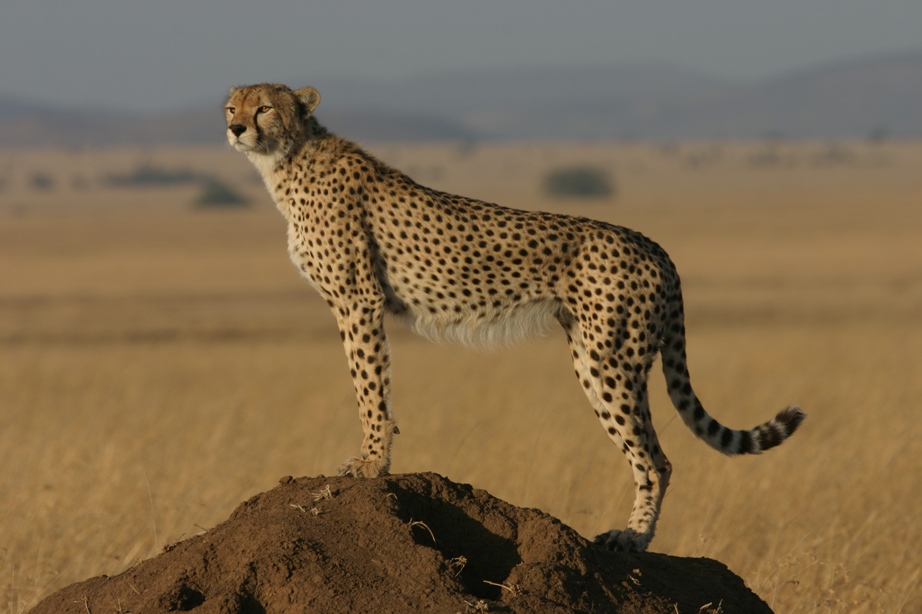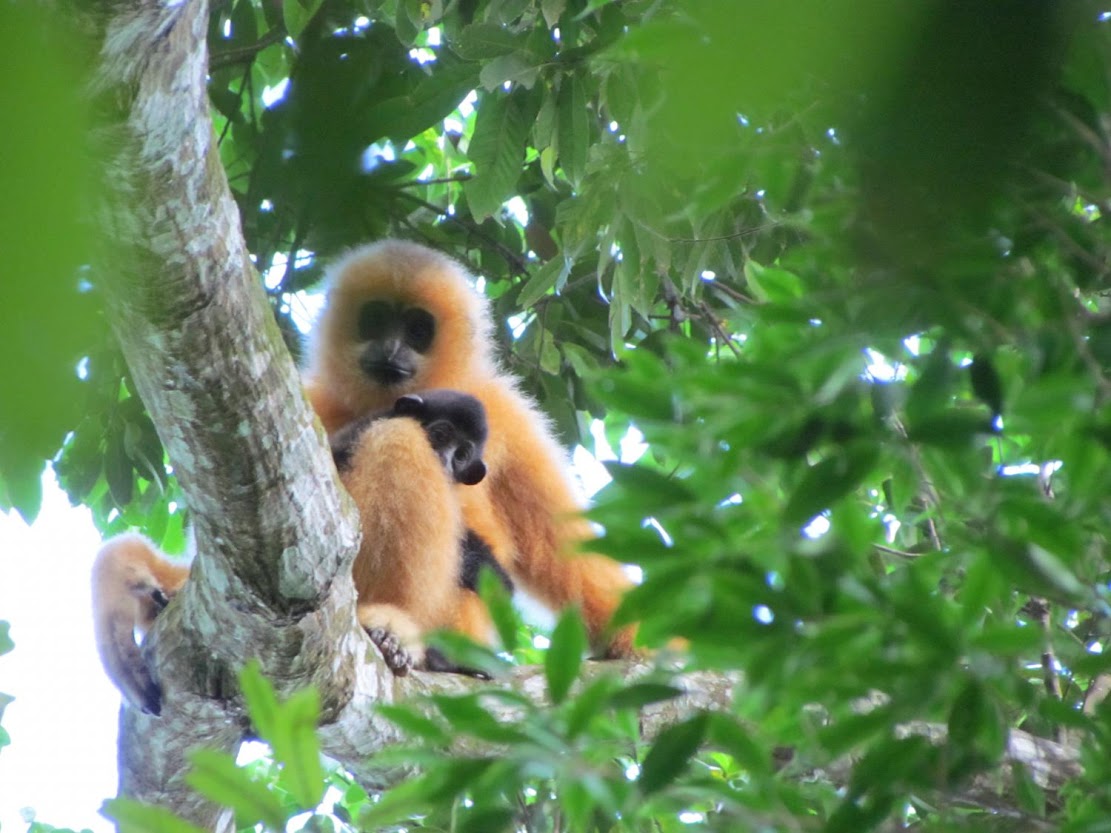The Great London:
Endangered Species
Natural Heritage: Scientists call for new conservation strategies

Natural Heritage: First global analysis indicates leopards have lost nearly 75 percent of their historic range

Natural Heritage: Global wildlife populations decline by 58 percent

Natural Heritage: Sprinting towards extinction? Cheetah numbers crash globally

Genetics: A 100-million-year partnership on the brink of extinction

UK: More than one in ten UK species threatened with extinction

Natural Heritage: Fate of turtles, tortoises affected more by habitat than temperature

Endangered Species: Biodiversity falls below ‘safe levels’ globally

Natural Heritage: Discovery of young family gives hope to world's rarest ape

Natural Heritage: Ancient Chinese archives track decline of rare apes
